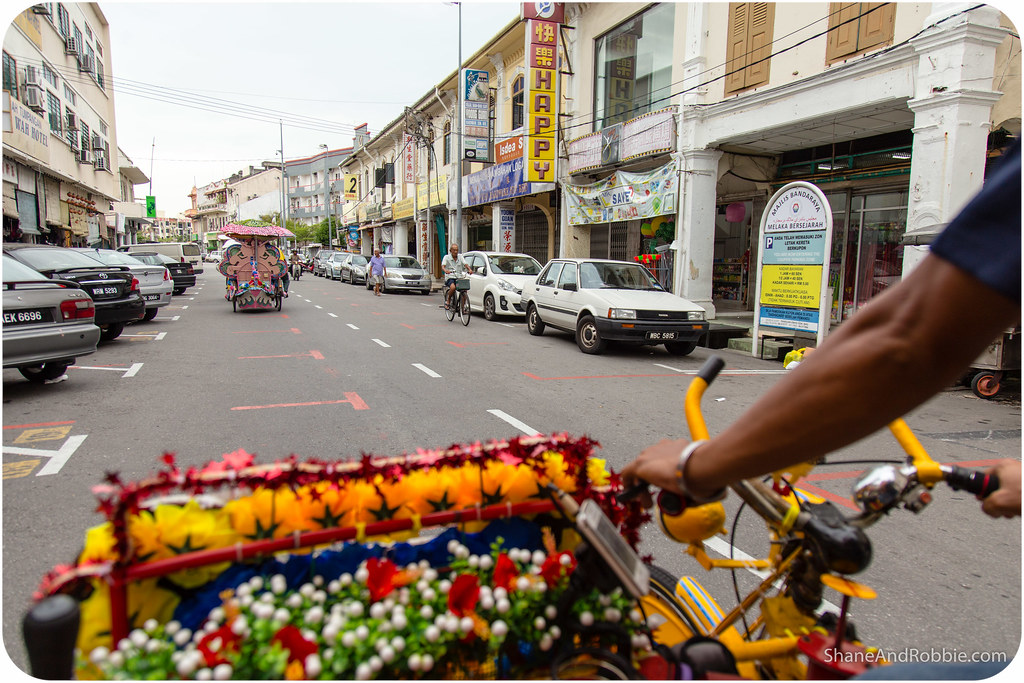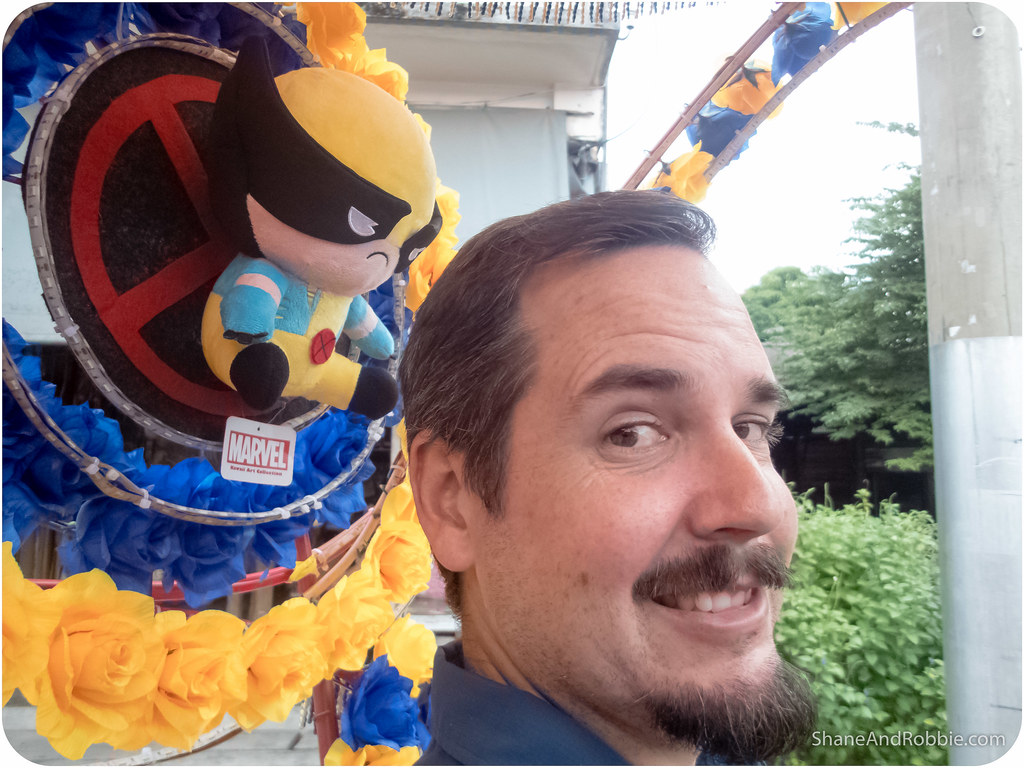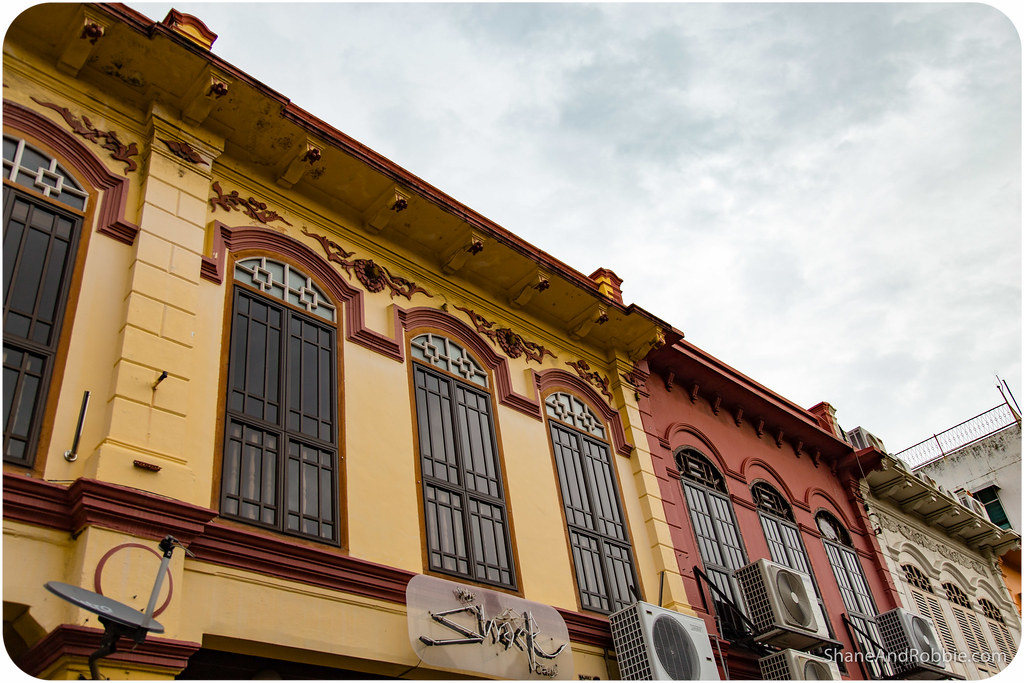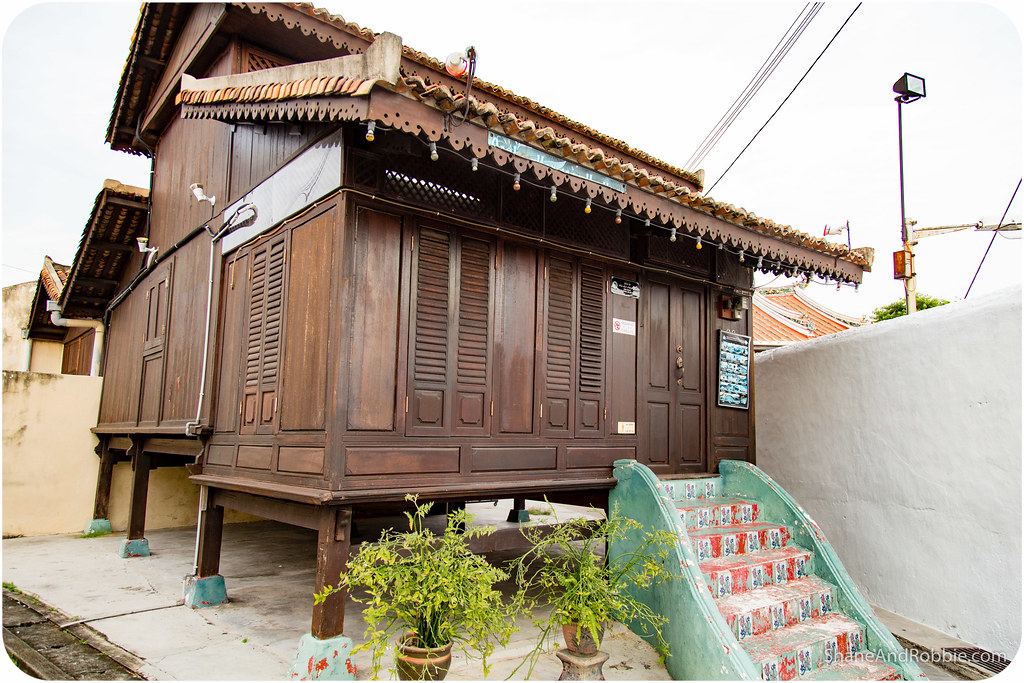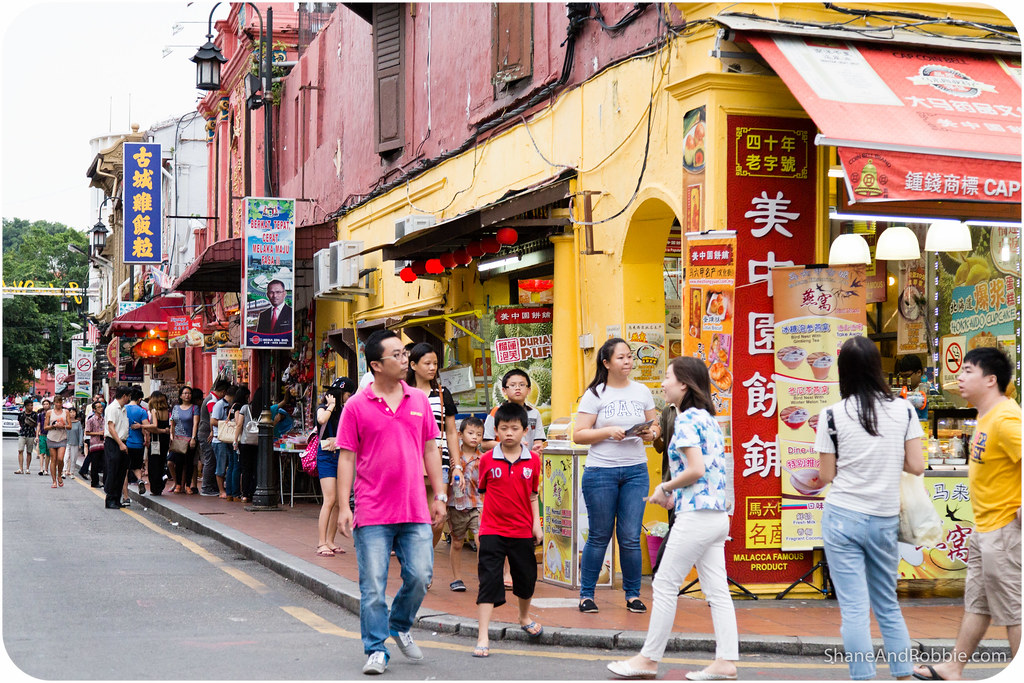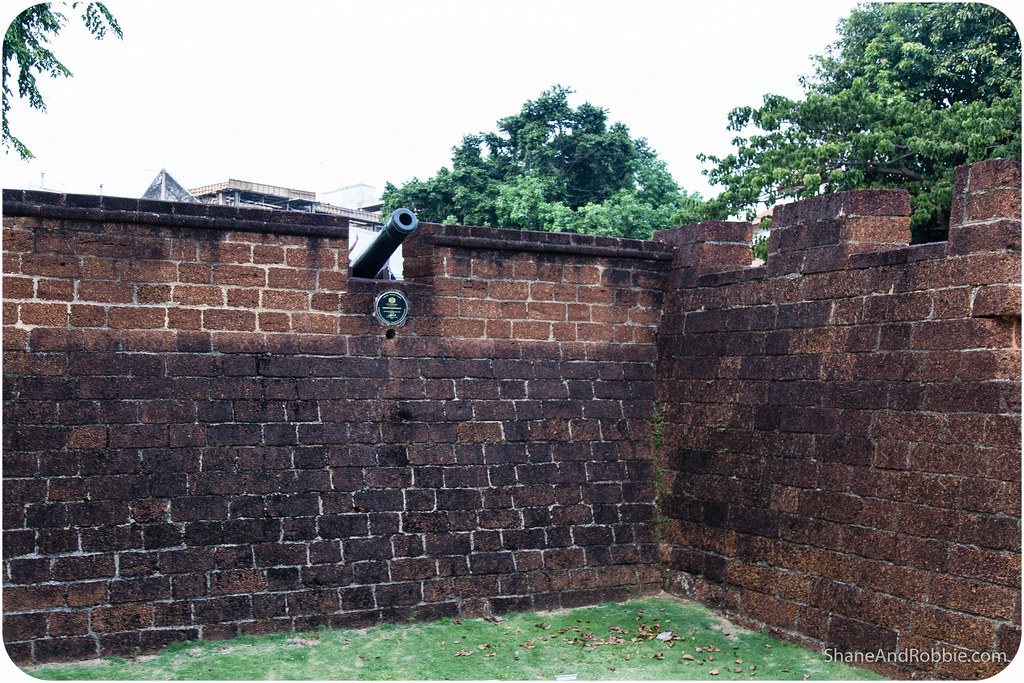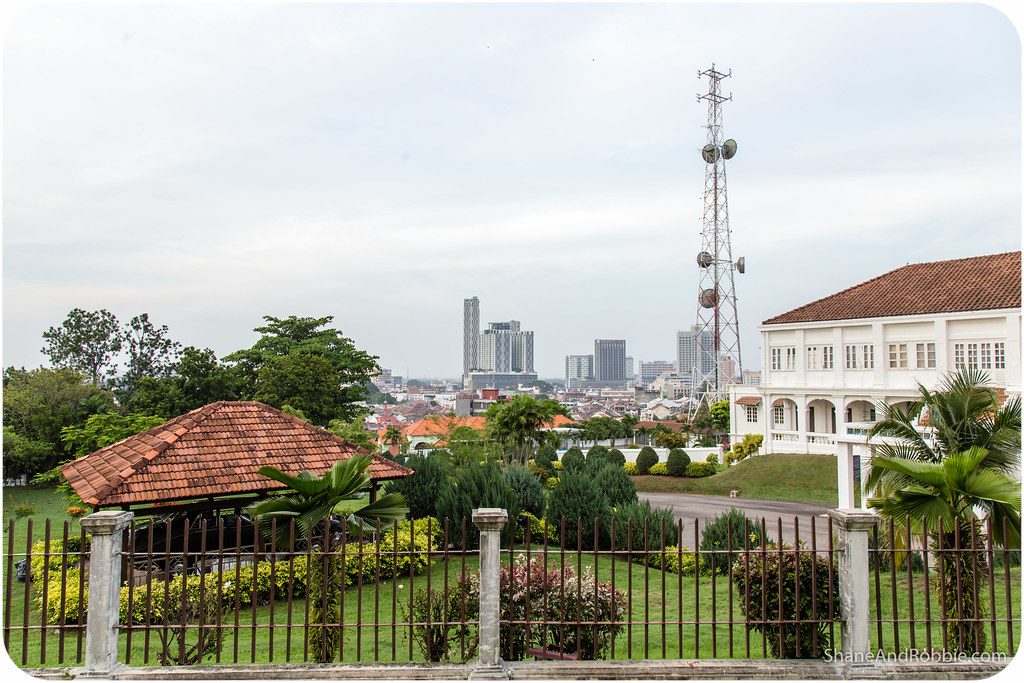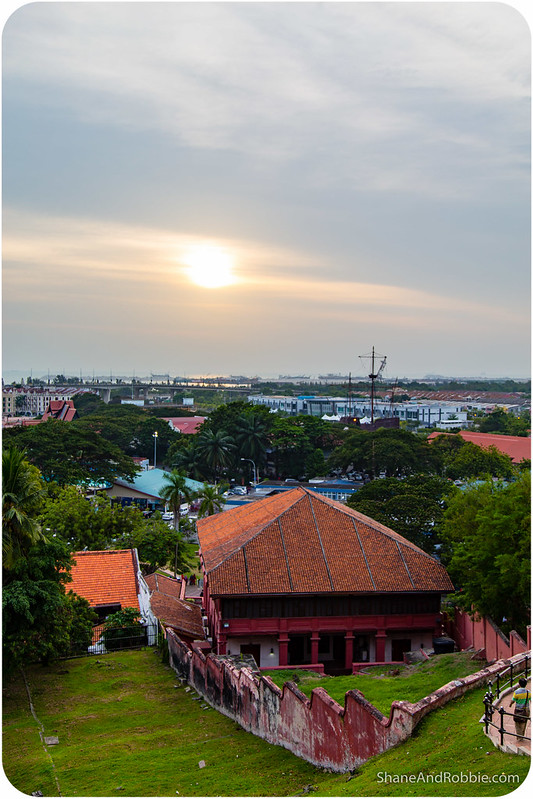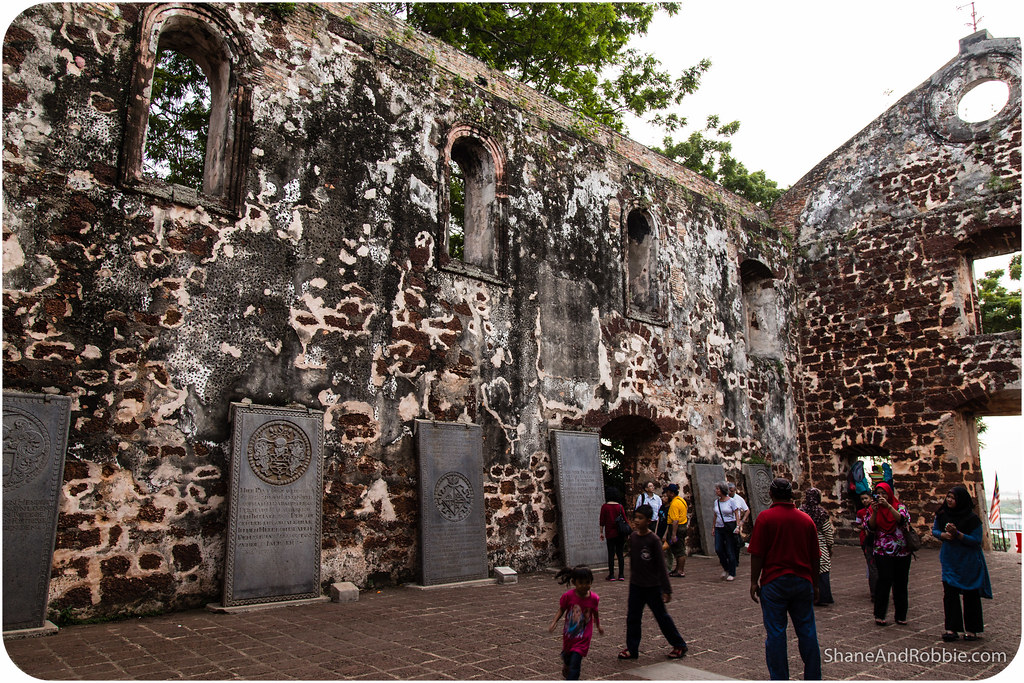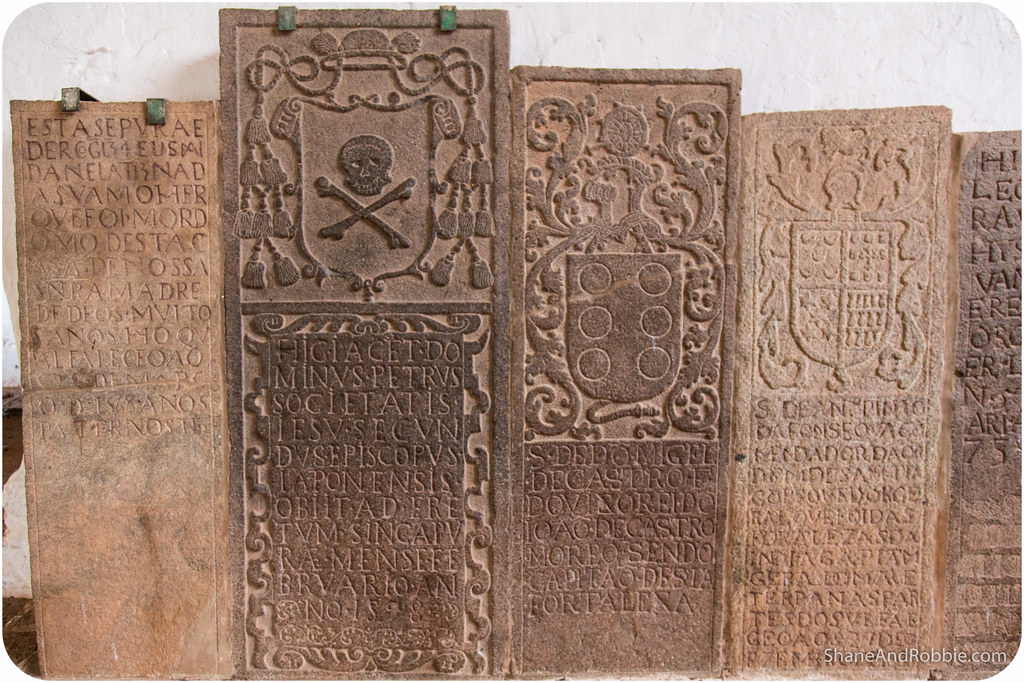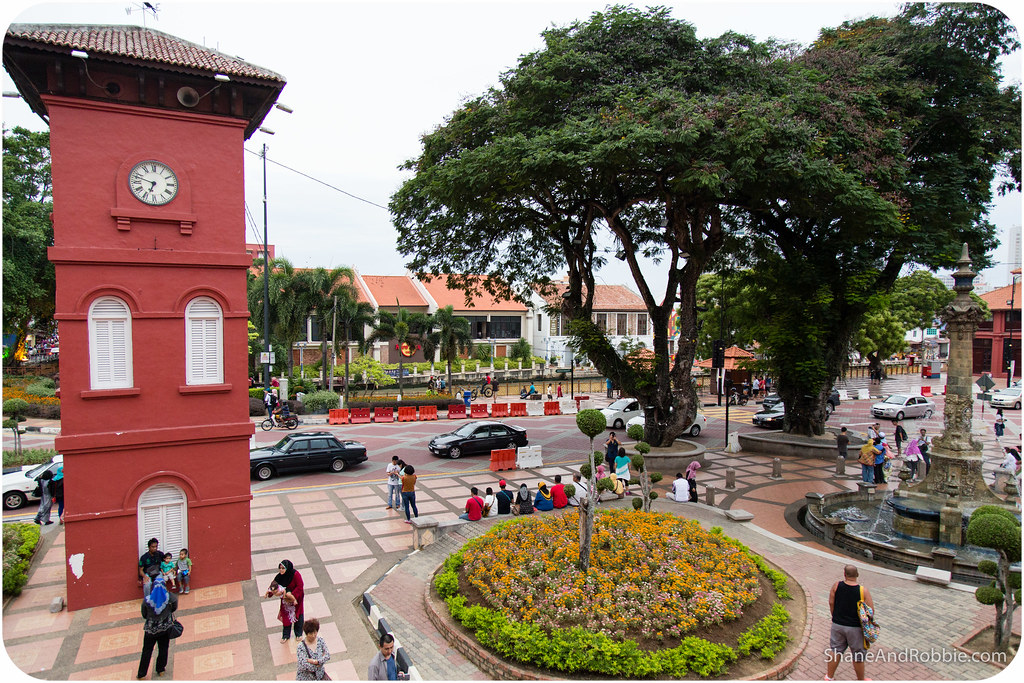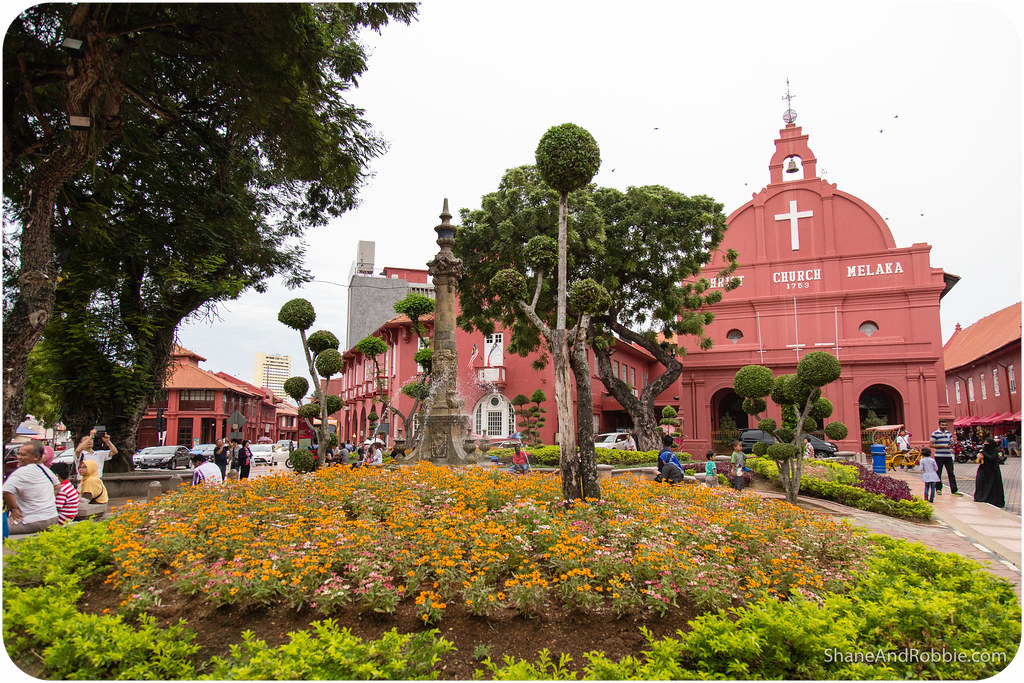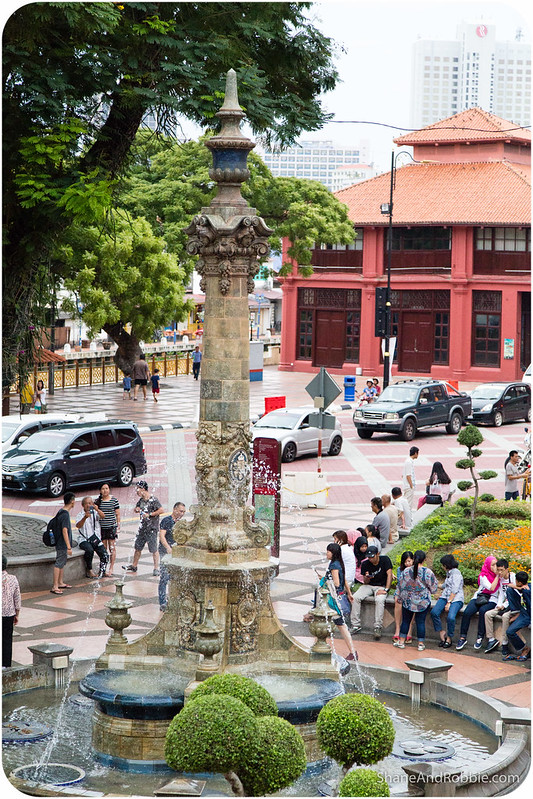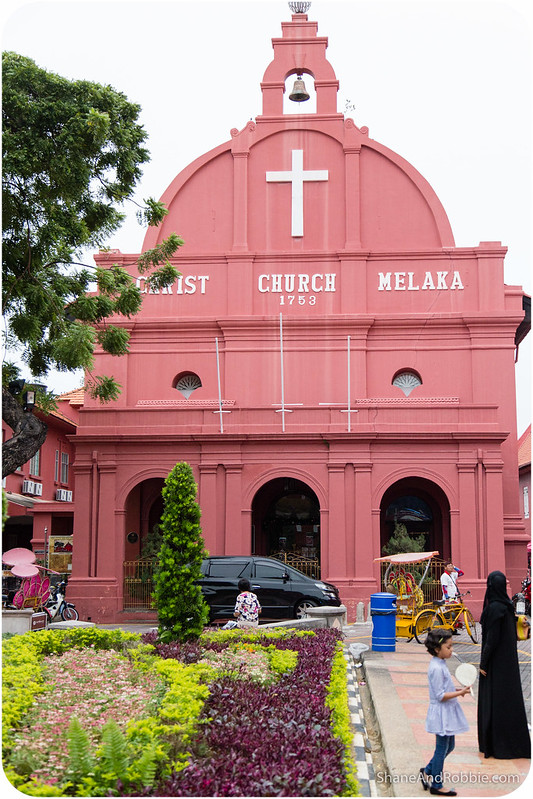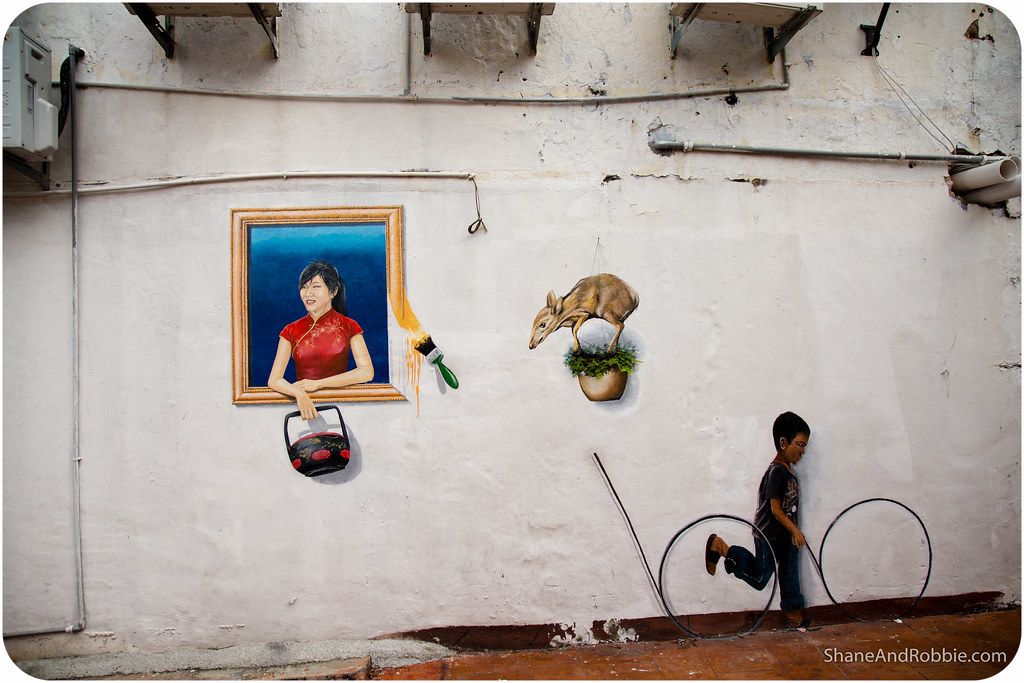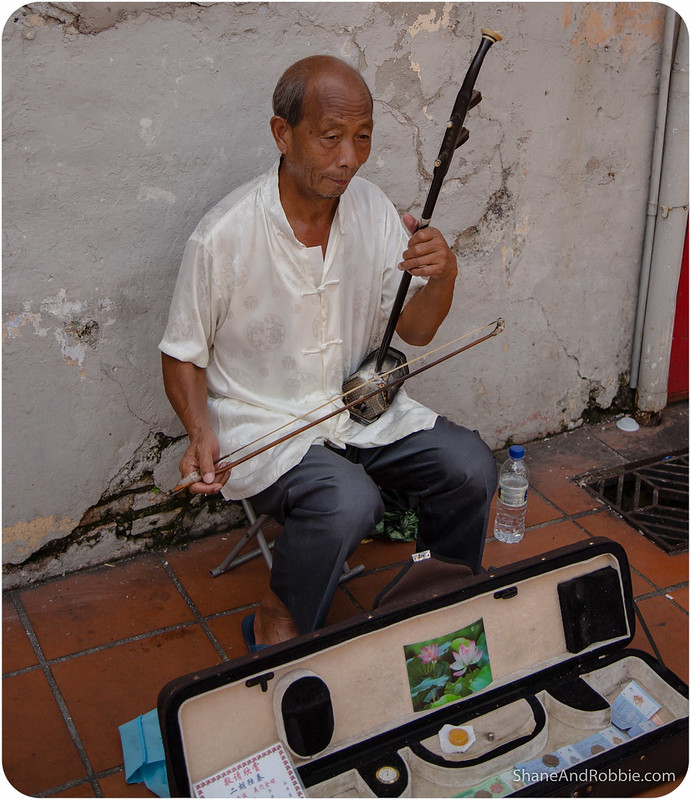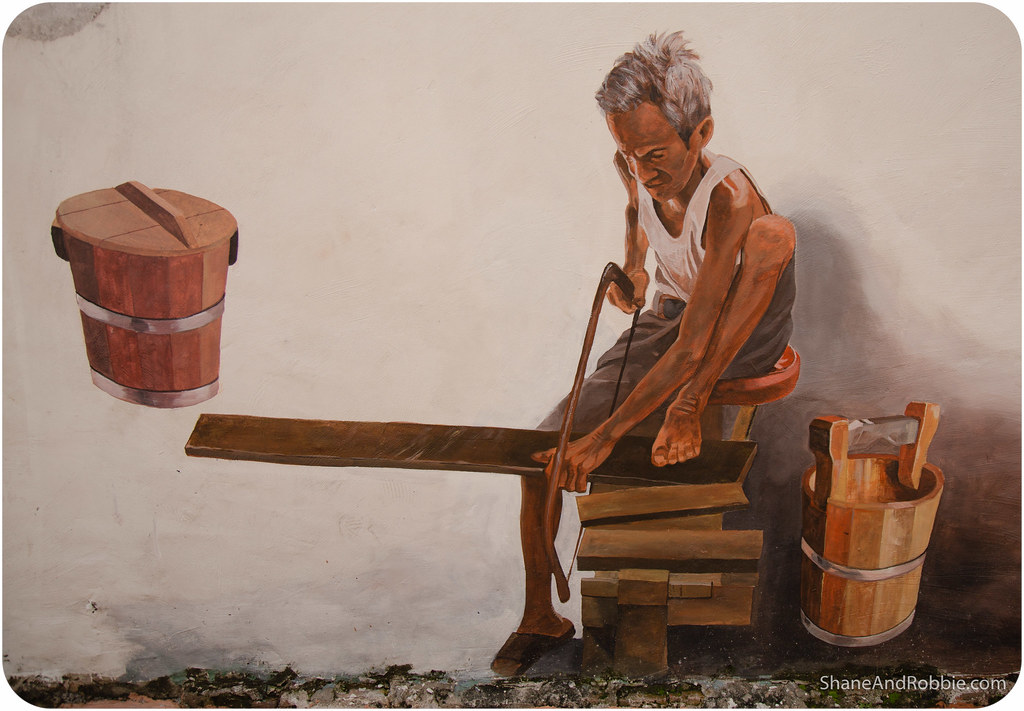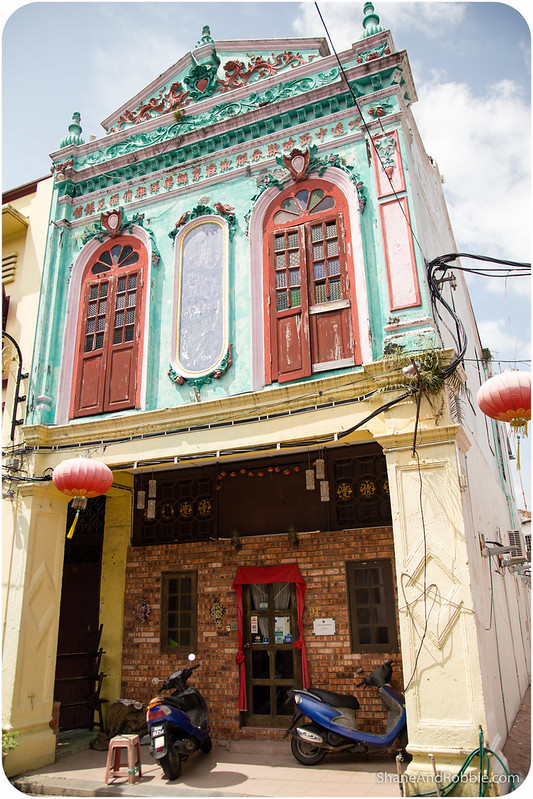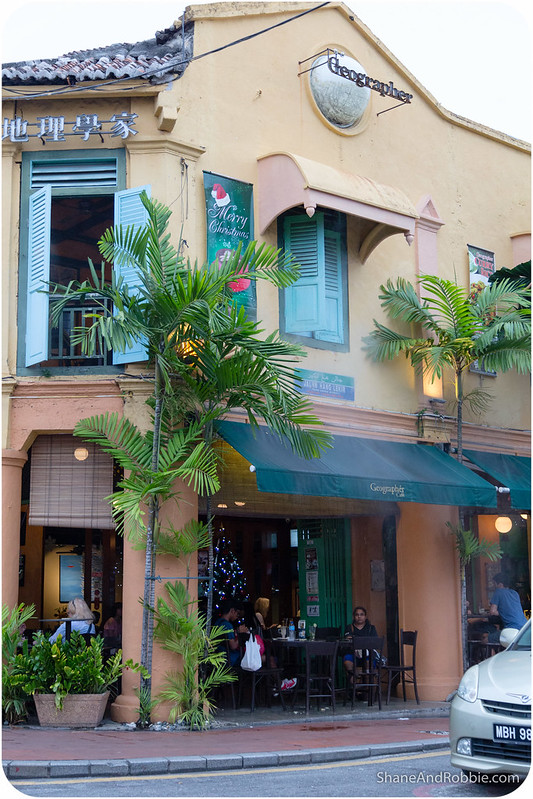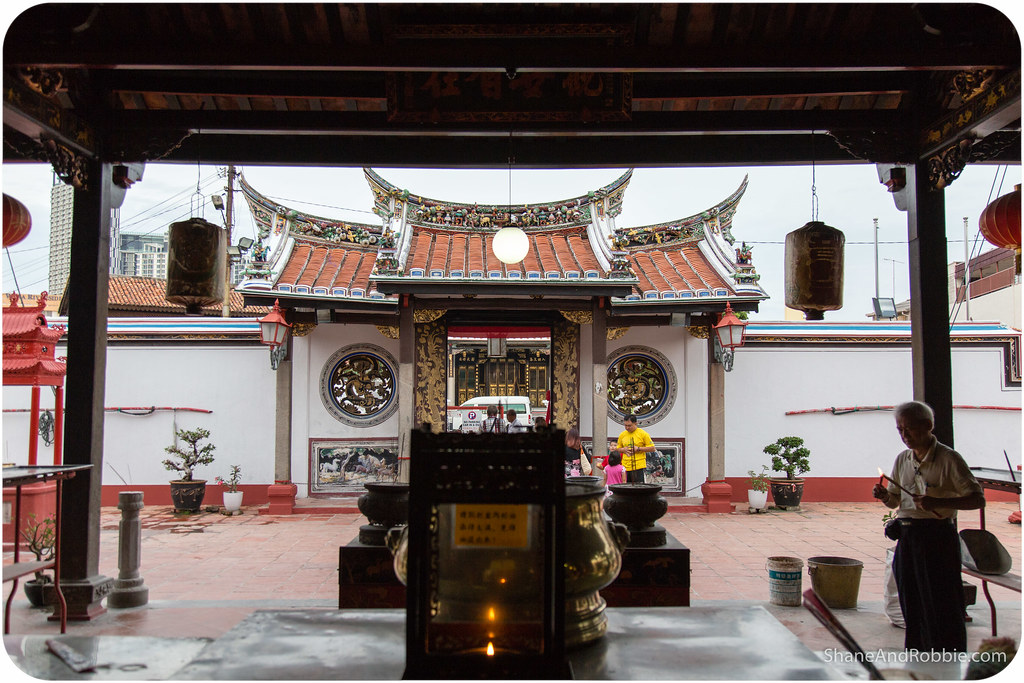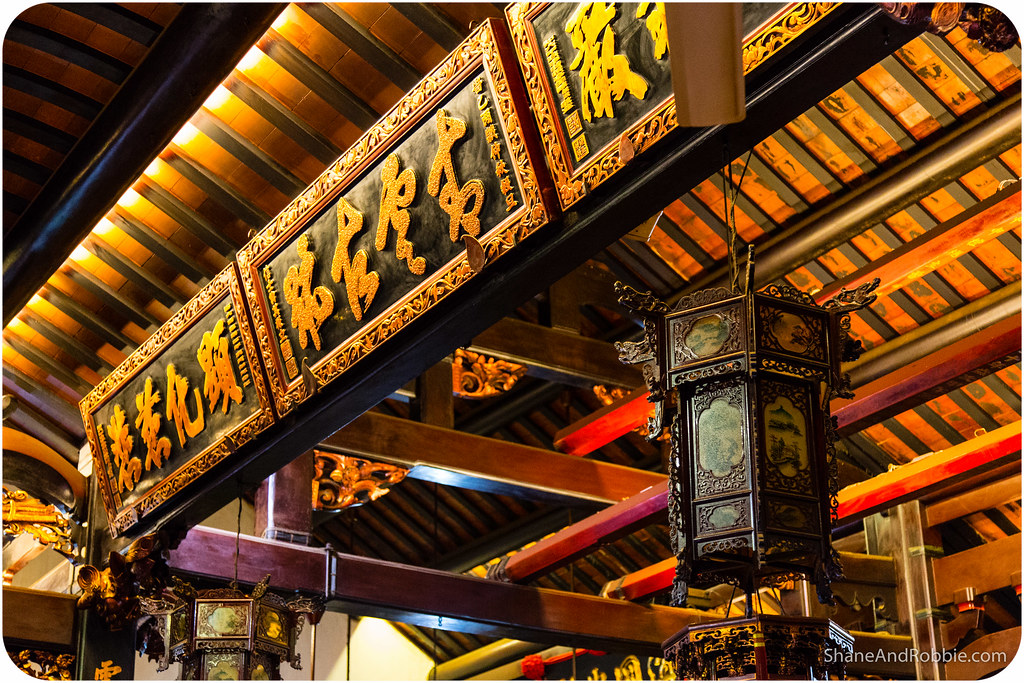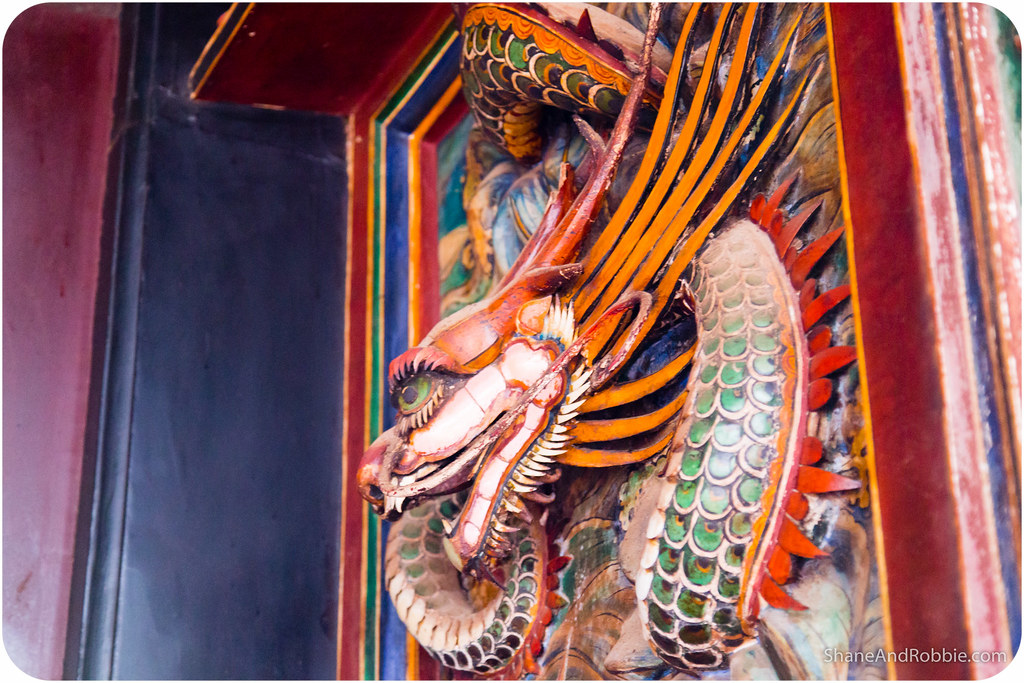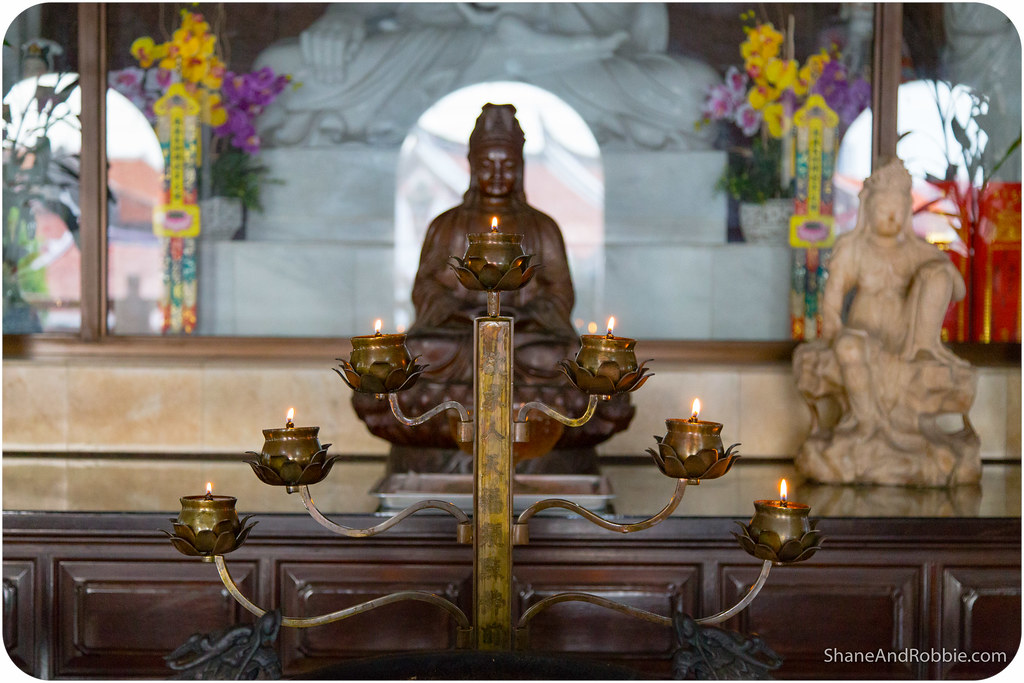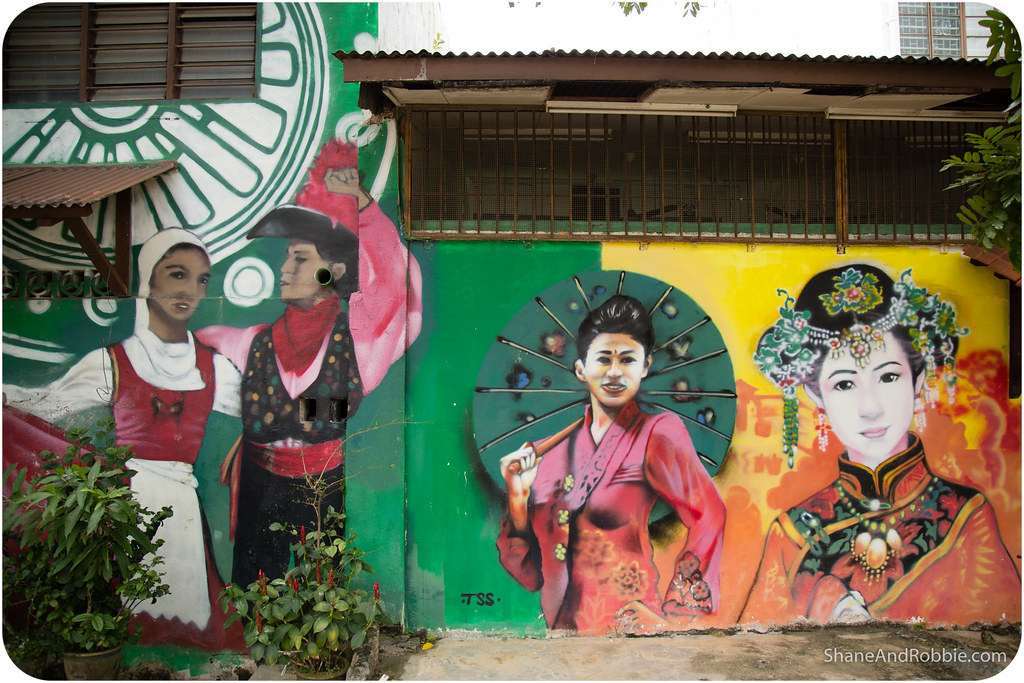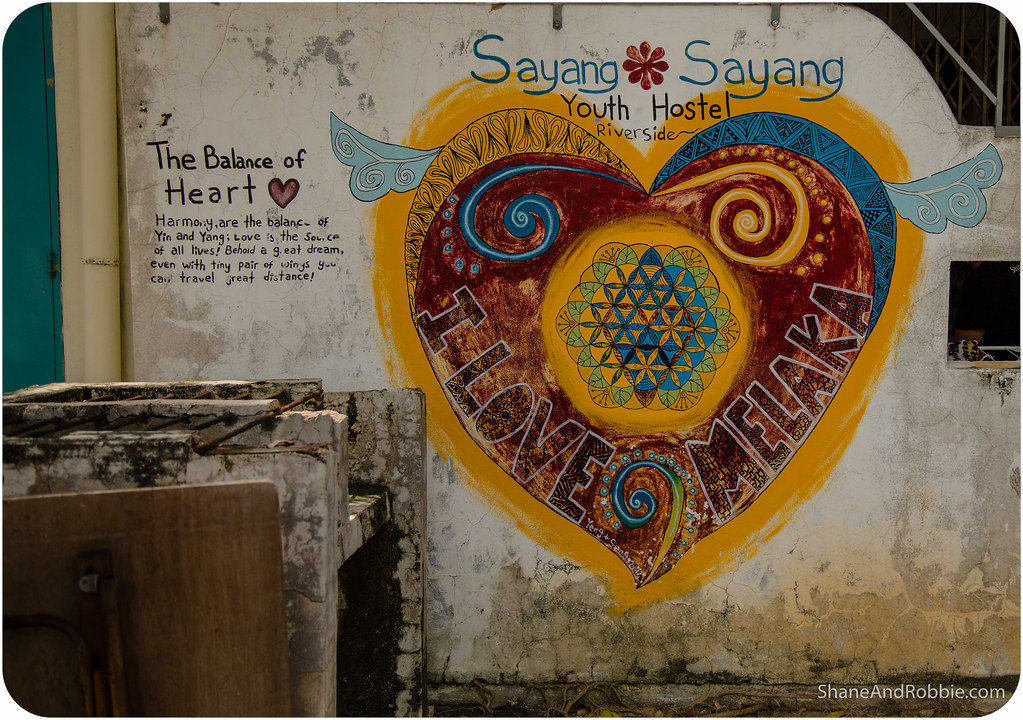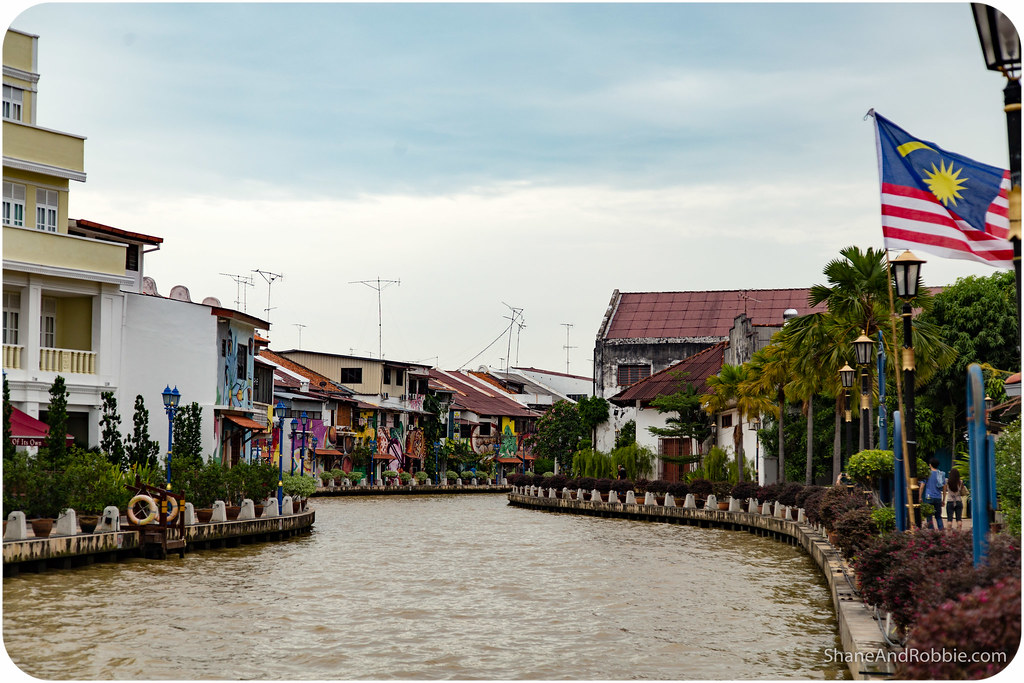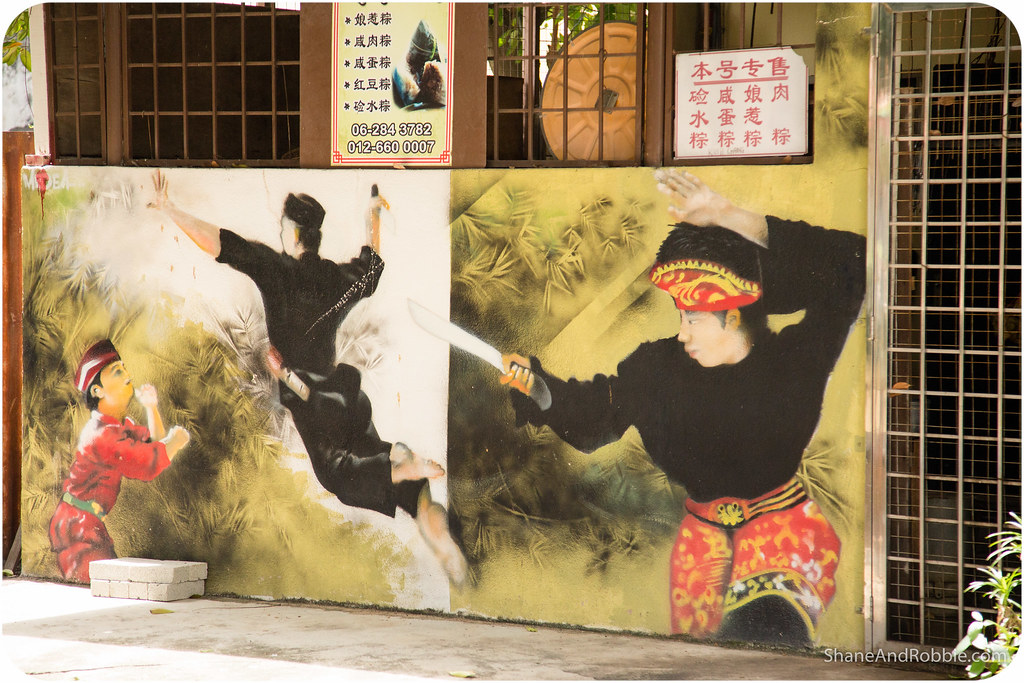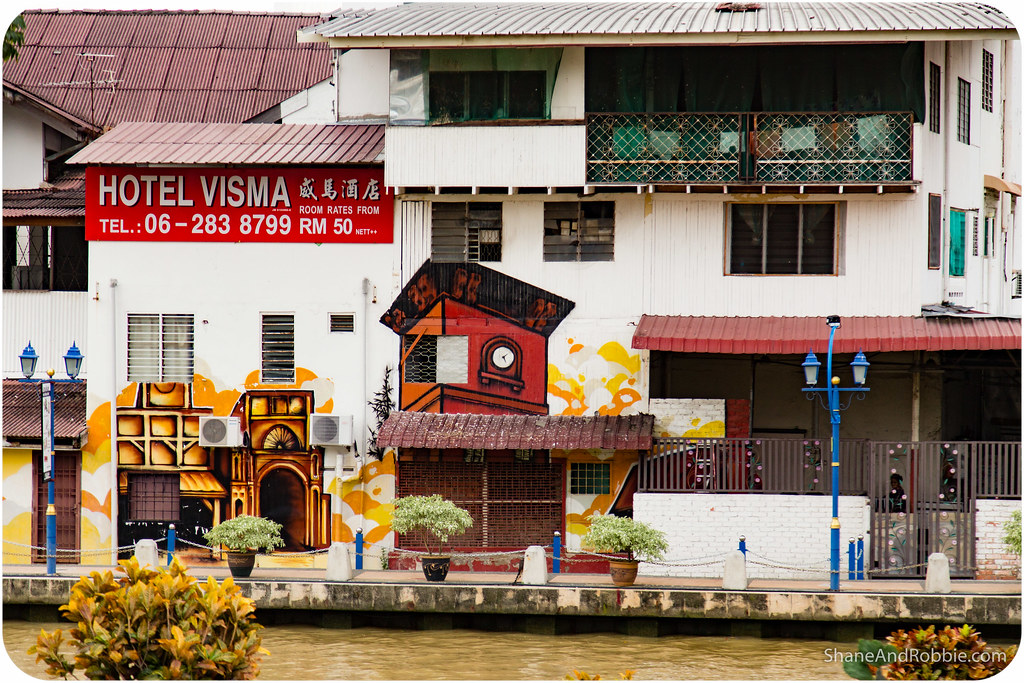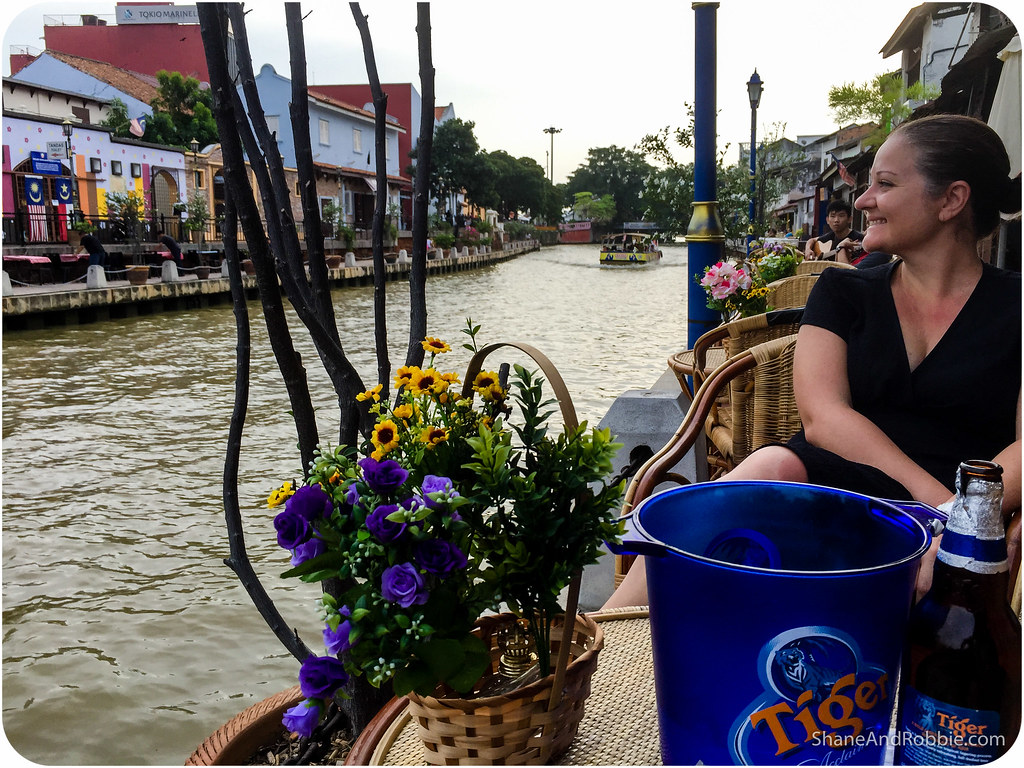RIDING A RICKSHAW AROUND HISTORICAL MELAKA
We spent our day exploring the UNESCO-listed historical sites of Melaka today, stopping in to see the Dutch stadthyus (i.e. city hall), the ruins of a hill-top Portuguese fortress, and Malaysia’s oldest Chinese Buddhist temple. We hired a rickshaw for the day and had a great time as our Wolverine-themed ride was comfortable, had a pimping sound system, and our driver turned out to be good fun and an awesome guide. Melaka really is marvellous!
Ruled by the Sultan of Samudra from the 13th century, Melaka started our as a simple fishing village but grew to become a busy port as trade with the Chinese flourished during the 15th century. Melaka’s prosperity was due to its strategic location at the narrowest point of the Straits of Malacca, and its deep port that is easily accessible during all seasons.
As time progressed, Melaka became one of the busiest ports in Asia, with sea merchants from from China, Java, India, and Arabia passing through the bustling city. Its wealth attracted covetous European interest as well, with the Portuguese arriving in 1509. At first the Portuguese traders were welcomed, but established merchants in the city soon became jealous of the profits and influence being won by the new arrivals from Europe. These dissidents turned the Sultan against the Portuguese, forcing the Europeans to flee. In 1511 the Portuguese returned, however, and seized the city. This marked the beginning of the European colonisation of Melaka and made the city one of a series of Asian ports ruled by the Portuguese*.
*These colonies ensured that Portuguese ships could sail from Europe, to Goa in India, and around to Macau (China), stopping in at friendly ports along the way.
The Portuguese built a massive walled fortress to protect their colony and called it A Famosa (i.e. The Famous). Positioned on a hill overlooking the old town of Melaka, the fortress was our first stop for the day. Though not much remains of the original defensive structure, it was still interesting to learn about the Portuguese chapter in Melaka’s history and great to admire the views from atop the hill.
Further up the hill the Portuguese also built a church, St Paul’s. First consecrated in 1521, St Paul’s is the oldest Christian building in South East Asia. It’s no longer a functioning church, however, as when the Dutch conquered Melaka in 1641, St Paul’s was deconsecrated and the churchyard used as a graveyard. We saw a few tomb stones from the Dutch era at the site, most of them dating back to the 1600s.
The Dutch left more than just a few tombstones in Melaka, however. Just down the hill from St Paul’s church we stopped in at Dutch Square to see the Stadthuys, the former city hall and the oldest Dutch building in the region. Built in the mid-1600s, the building today houses a museum.
Next door the Christ Church, the oldest functioning Protestant church in Malaysia. The church was originally a Dutch Reformist cathedral but in 1824, when the British swapped their Sumatran colonies for Dutch Melaka, the building was reconsecrated as an Anglican church. Originally painted white, the church and the neighbouring Stadthuys were painted red in 1911 and this distinctive colour scheme has remained the hallmark of Melaka’s Dutch-era buildings ever since.
Crossing the bridge we entered the former Chinatown area, riding past the same streets we walked along last night. Here we stopped to admire some wonderful street art depicting every day scenes of Melakan life.
Our rickshaw driver then took us to Cheng Hoon Teng temple (i.e. Temple of Green Cloud), a Chinese temple practicing the 3 doctrinal systems of Taoism, Confucianism, and Buddhism. Built in 1645, it is the oldest functioning Chinese temple in Malaysia.
We had our rickshaw driver drop us off by the river where we went for a leisurely stroll along the waterfront, admiring the street art and views along the way.
As the afternoon cooled down we grabbed a seat at one of the waterfront café/bars and sat a while, enjoying a refreshing beverage and as the sun began to set. A wonderful end to a truly wonderful day!
Categories: Malaysia

